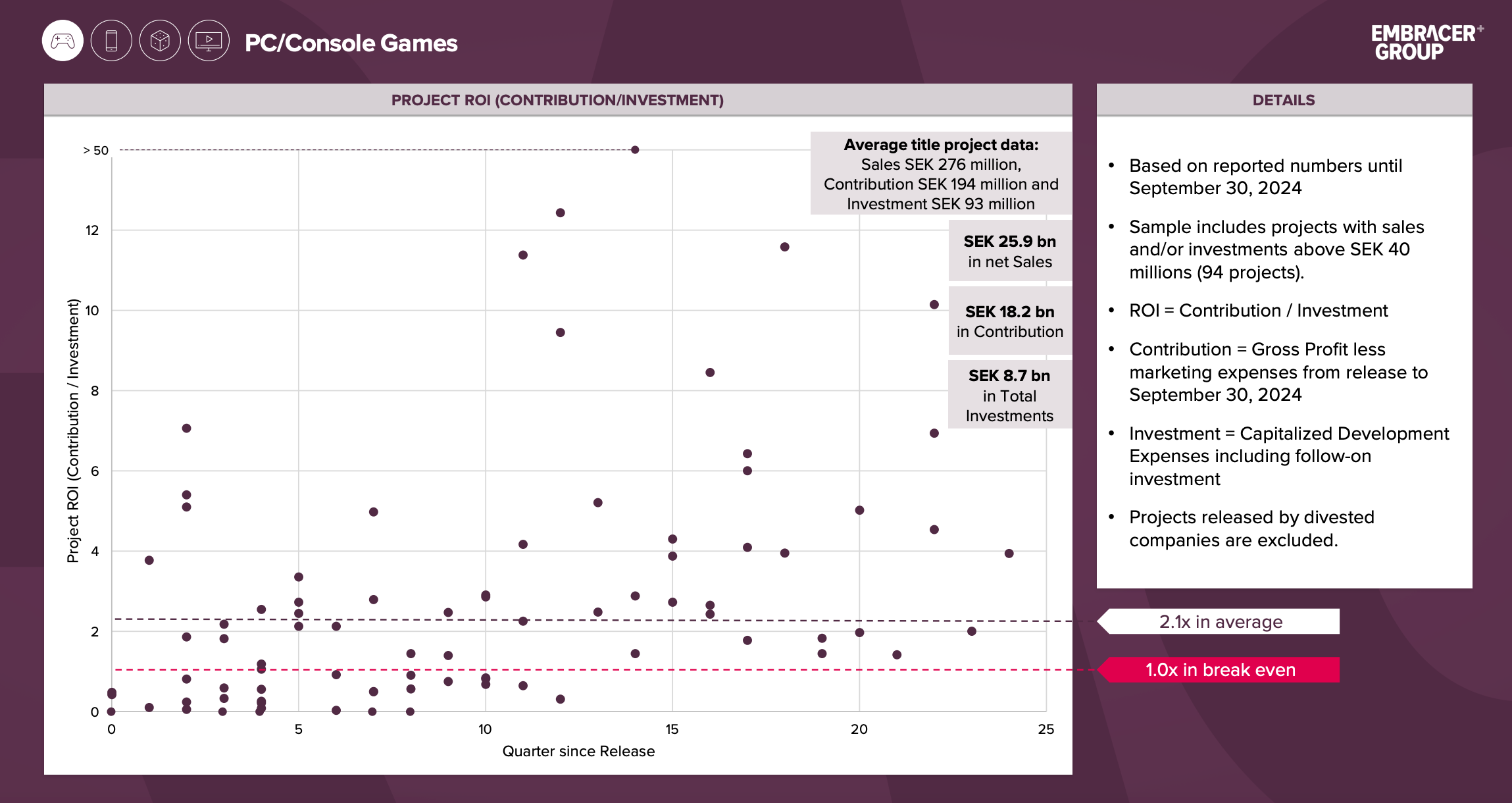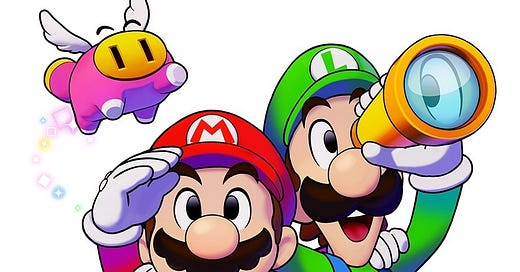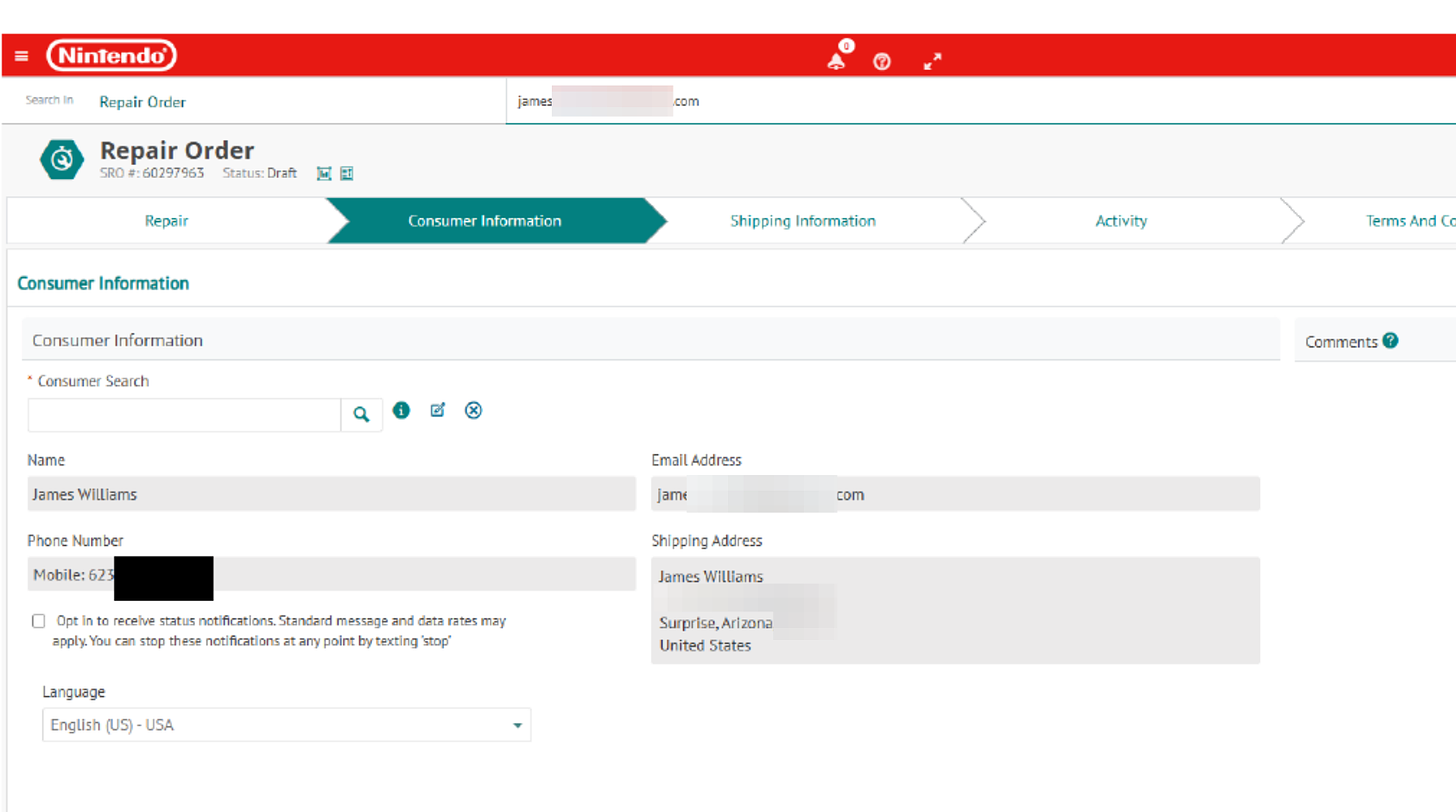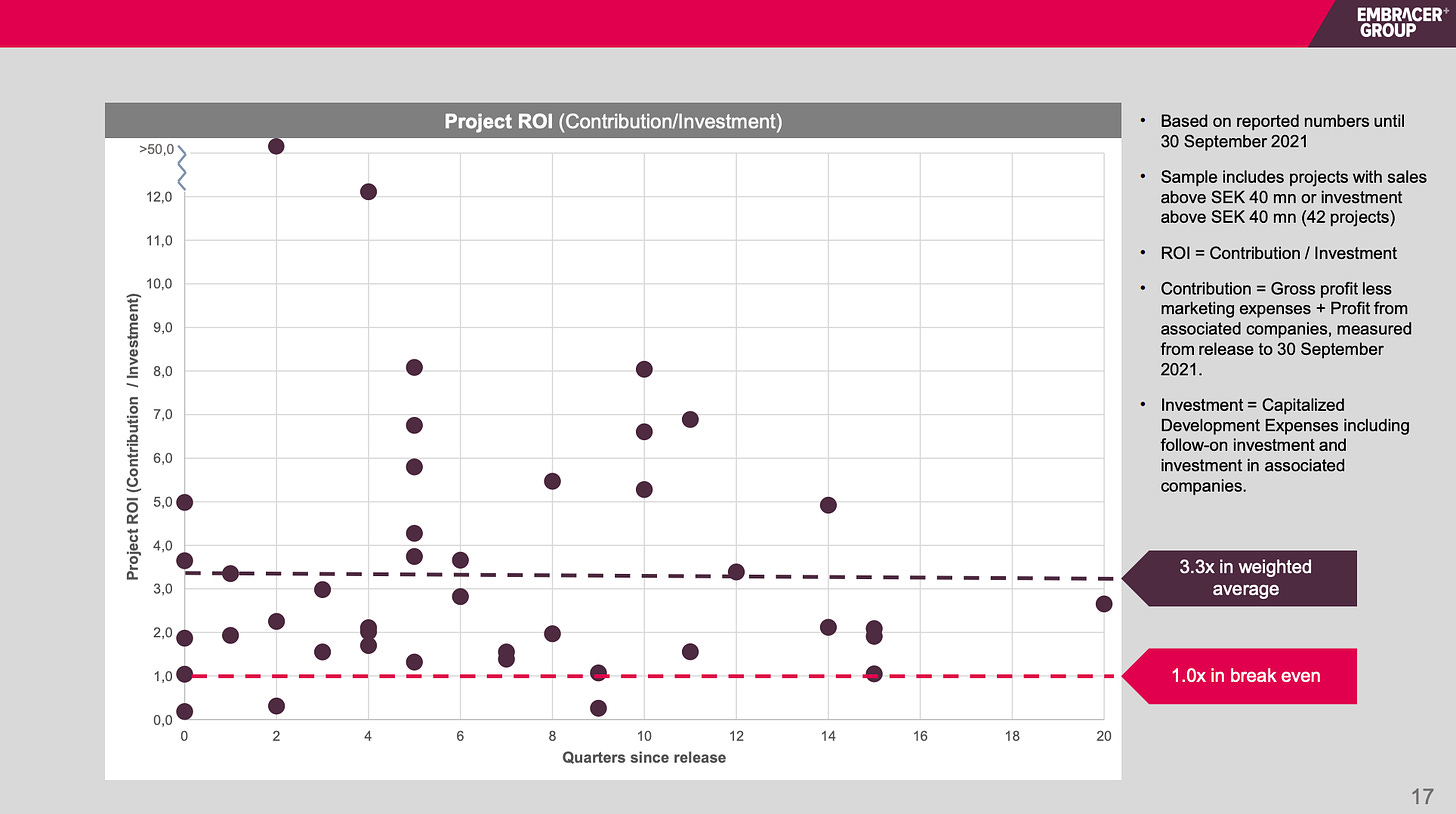Be careful what you post on Reddit—and maybe don’t ask Nintendo for repairs—if you’re a Nintendo Switch hacker and you don’t want Nintendo to sue you.
Those are some of the identifiable footprints the company says one alleged pirate left that helped them track him down for a recent lawsuit.
In June, the Mario-maker sued James “Archbox” Williams for allegedly violating its digital copyrights by selling pirated copies of Switch games.
And just how did they determine that Archbox = James Williams, a man living in the town of Surprise, Arizona?
Some of those details were revealed in court filings from Nintendo last week and are being reported for the first time in Game File. Here’s how they say they did it:
In 2023, Nintendo hired the law firm Mitchell Silberberg & Knupp to investigate “freeshops,” or online stores for pirated Switch games.
The firm zeroed in on someone called Archbox and noticed online postings that suggested Archbox lived near Phoenix, Arizona and had attended Midwestern University.
One particularly useful post: In 2015, a reddit user called “archbox” who had posted to a “SwitchPirates” community using a turtle avatar had posted to the r/phoenix subreddit stating that “Midwestern University has an optometry clinic that is very good. You get examined by a student and then by the doctor.”
Exactly how Nintendo took those details and ID’d Archbox as James Williams is unclear, but the company’s lawyers said in filing last week that “in or about February of 2024 plaintiff [Nintendo] succeeded in linking “Archbox” with at least two Nintendo accounts for an individual named James Williams.”
In a related filing, a Nintendo employee who works in Nintendo’s Product Lifecycle Management group said that, in February 2024, Nintendo had “tentatively” ID’d Archbox as James Williams.
By that point, Nintendo also had two email addresses for a James Williams in Arizona. A Nintendo worker “subsequently” punched that info into Nintendo’s system for tracking repairs and found two repair orders from James Williams, complete with a Surprise, Arizona shipping address (Note: Yes, this means the alleged pirate requested repairs from Nintendo.)
Nintendo, confident they’d found the person they wanted to sue, then sent Williams a cease-and-desist letter that he signed for via FedEx. Williams allegedly emailed Nintendo’s lawyers to say that he would, per their filing, “comply and cooperate with any demands or requests…within [his] control.” Nintendo’s lawyers also said Williams denied he’d infringed on Nintendo’s intellectual property.
According to the rundown of events, Nintendo apparently sent Williams one of his repaired items (they don’t say if it was a Switch or what) two days before sending him the cease-and-desist.
The reason for the flurry of new filings explaining Nintendo’s sleuthing?
Nintendo says Williams has cut off communication and failed to plead his case to the court by the required deadlines. That has resulted in a default judgment in favor of the game-maker.
The court had needed proof from Nintendo that they’d done their best to get a hold of the person they blamed for pirating their games.
Item 2: Embracer’s remarkable chart

“It used to be a favorite slide a few years ago,” Embracer Group CEO Lars Wingefors said this morning, as he pulled up a heavily-dotted chart.
“Looks a bit more depressing this morning.”
The CEO of the embattled megacorp that owns Tomb Raider, Lord of the Rings and Goat Simulator (but that recently sold off Gearbox and Saber Interactive) was sharing the company’s financial results for its underwhelming second quarter, July-September 2024. This had been a rough stretch, with a 21% drop in sales vs. a year ago.
Wingefors’ chart, the likes of which no other game publisher releases, stood out.
“I am confident about the future,” he said, promising versions of the chart published in later quarters will look better.
How Embracer’s Return On Investment chart works
The chart, which Embracer has shared and updated each quarter for years, is a remarkable visualization of a game company’s performance. It’s unlike anything presented by the likes of Nintendo, Ubisoft, EA and the rest of the publicly traded companies.
It shows return on investment for Embracer’s PC and console gaming projects.
Each dot represents a game. Newer games are placed to the left and then move to the right over time.
Each dot is placed vertically based on the revenue it has contributed to the company, compared to the investment to make the game. The higher the dot appears, the more money it has made vs. what it cost.
Break-even = 1.0. It’s the red line going across the chart. Dots below the red line are money losers.
The chart wasn’t looking good today, as Wingefors noted. Lots of games are under that red line.
“We had a number of smaller or mid-size releases that are underperforming and that are under 1 in return of investment,” Wingefors said. “That is not acceptable.”
The company’s two biggest releases of the last quarter, Epic Mickey Rebrushed and Monster Jam Showdown, were both under 1.0, Wingefors said, though he expects both to get above the line “soon.”
Dots are better than nothing
The performance of most big video games from any publisher is opaque. Comparable visualizations to Embracer’s chart don’t exist. Across all publishers, it’s hard to tell how much games cost, how much they make and harder still to discern which games have tipped those factors successfully.
Occasionally, a company will say how much sales revenue a game has generated—$666 million for Diablo IV, for example—but no big publisher is rushing to chart the amount of money a game has made and compare it to what it cost to create. A leak in 2023 indicated that Sony spent $212 million to develop Horizon Forbidden West. Who knows what it cost to market the game or what the game made.
Embracer doesn’t label its dots, so we can’t tell which projects did well and which were money pits. But we can at least get a sense of the portfolio’s performance. Imagine the same for Microsoft’s line-up or Nintendo’s or Ubisoft’s. If only!
Wingefors told investors today that he thinks future charts will look better.
But if you’d like to compare, here’s what the chart looked like three years ago, when just about all of the dots were above the red line:
More Embracer:
Embracer announced overnight that it is selling mobile gaming company Easybrain to mobile publisher Miniclip for $1.2 billion. Embracer bought Easybrain in 2021 amid a spree of purchases, but has been in divestment mode for the past year. Wingefors said the sale of Easybrain wipes out most of Embracer’s debt, down from 13.2 billion Swedish Krona ($1.2 billion) to 0.5 billion ($46 million).
Divestments (Gearbox, Saber, Easybrain) and job cuts has resulted in a dramatic reduction of games in development at Embracer as well. Embracer said a year ago that it had 215 projects in its PC/console pipeline. As of September 30, 2024: 128.
Embracer headcount in March 2023: 16,601. As of end of September 2024: 10,450
Item 3: In brief…
🌨️ Blizzard has released polished updates of the first two Warcraft games and plans to add player housing to World of Warcraft, the company said as part of a wave of news tied to the Warcraft franchise’s 30th anniversary.
🐉 Tencent’s TiMi Studios is developing Monster Hunter Outlanders, an open-world game based on one of Capcom’s biggest franchises.
🔡 Words with Friends is adding four single-player modes so that it can also be played without friends, publisher Zynga has announced.
Correction - Nov. 15, 11:26am: The second Embracer chart is from three years ago. I originally said it was two years old








I think the anonymous dots on the chart could be relatively reliably named based on release date and sales metrics from Steam (e.g. GameDiscoverCo Plus). The dot highest in the middle is obviously Valheim, which came out 14 quarters ago and as we know was a huge success with a small development team. Of course we don't know the development and marketing costs, some games are harder to estimate than others, but it might be interesting to play around with this and move the game titles around in the quarter.